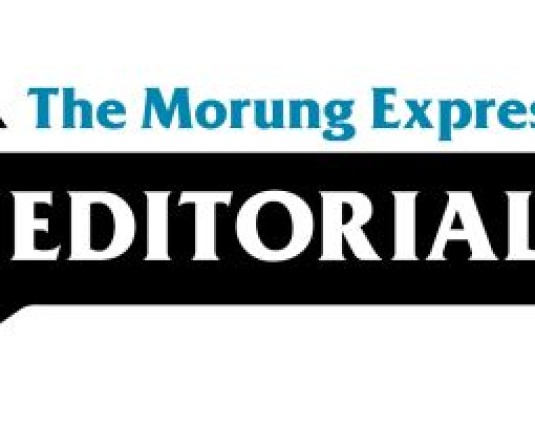Imkong Walling
The issue of Delimitation of Assembly Constituencies has reared all over again. It was some 20 years ago when this same issue was a cause of much uproar only to die down after a court “Stay,” followed by a Presidential order, deferred the exercise in Nagaland.
The deferment served as a respite for districts, which were in line to lose seats, but, it was by no means, for infinity, as, it has returned to haunt, once again, in 2020.
While the ‘for’ and ‘against’ discussion ensues, one ought to understand the rationale behind the redrawing of electoral constituencies. It is, in essence, a means to ensure equitable distribution of legislative seats relative to population on the principle of “one vote, one value” and addressing ‘malapportionment’ of seats as a result of demographic shifts over time.
As noted by Justice (retired) Kuldip Singh, Chairperson, Delimitation Commission (2002), “The electoral boundaries are drawn on the basis of the last published census figures and are relatively equal in population. Equally populous constituencies allow voters to have an equally weighted vote in the Legislature.” This remark is found in his preface to the Changing Face of Electoral India: Delimitation 2008, published after India’s 4th Delimitation exercise, which was commissioned in 2002.
He termed Delimitation and Elections as two basic pillars of representative democracy, while defining ‘malapportionment’ as a condition which violates the principle of “one vote, one value” or in other words, “all voters should be able to cast a vote of equal weight (or influence).”
The publication went on to note how the 2002 Delimitation exercise, conducted after 30 years, revealed “gross inequalities” in the population size of the constituencies. It cited, “For example, in the national capital itself, the Outer Delhi Parliamentary Constituency had grown to a staggering 3.1 million people, whereas the neighbouring Chandni Chowk Parliamentary Constituency had only 0.35 million population. The need of the hour, therefore, was to bring the population of the various Constituencies to a uniform size as far as practicable.”
In Nagaland, such a situation is manifest in the district-wise distribution of seats in a state where tribal affinity has served as the basis for carving out districts for the purpose of administration. Two districts, out of 12, alone accounting for almost 1/3rd of the total 60 Assembly seats is a case in point. The number of electors per constituency varies from as low as 7000 to as high as 65,000.
How having greater number of MLAs has impacted economic growth in a district remains a blurry patch. But one thing is certain— it gives greater or rather undue political mileage, which in itself is a surefire recipe for disgruntlement in the districts with gross under-representation and the obvious general lack of trust.
If Nagaland with its diverse tribes and communities is to live up to the professed ‘one people, equal opportunity’ catchphrase, an honest and proportional apportioning of Assembly seats would, if not entirely, do a world of good.
The legislators, current and erstwhile, and also those nurturing electoral ambitions would also serve well by returning to the grassroots, spelling out what Delimitation implies in a parliamentary democracy.
The writer is a Principal Correspondent at The Morung Express. Comments can be sent to imkongwalls@gmail.com






